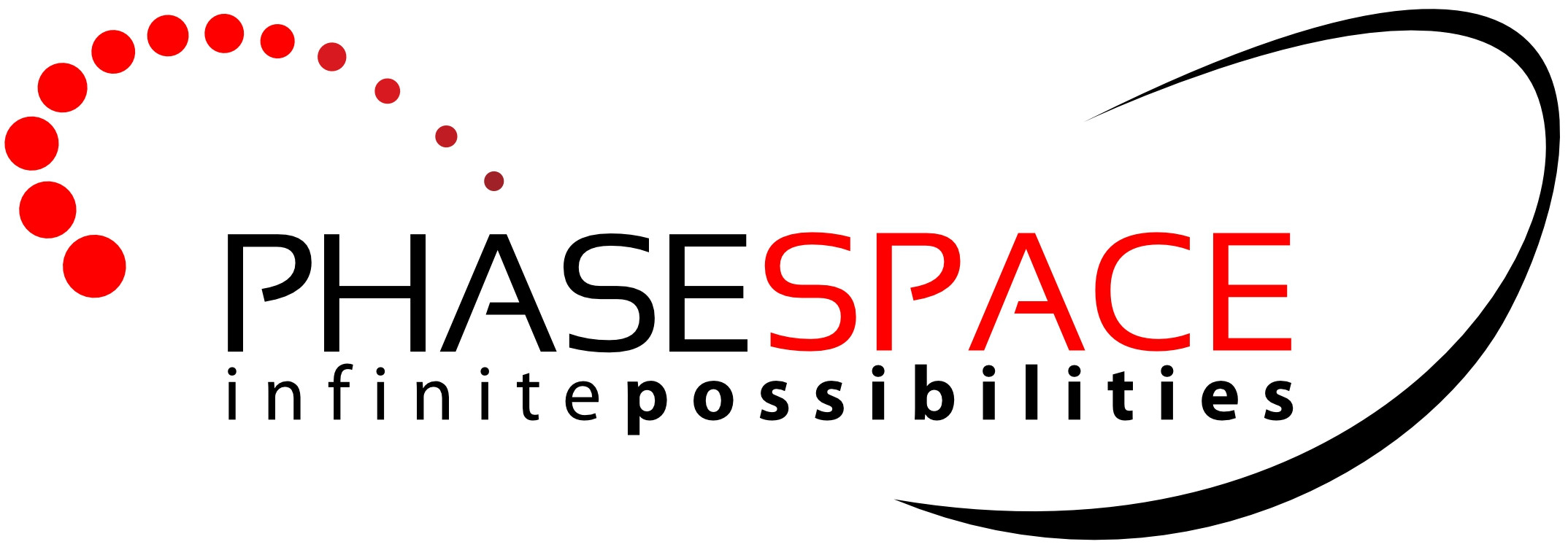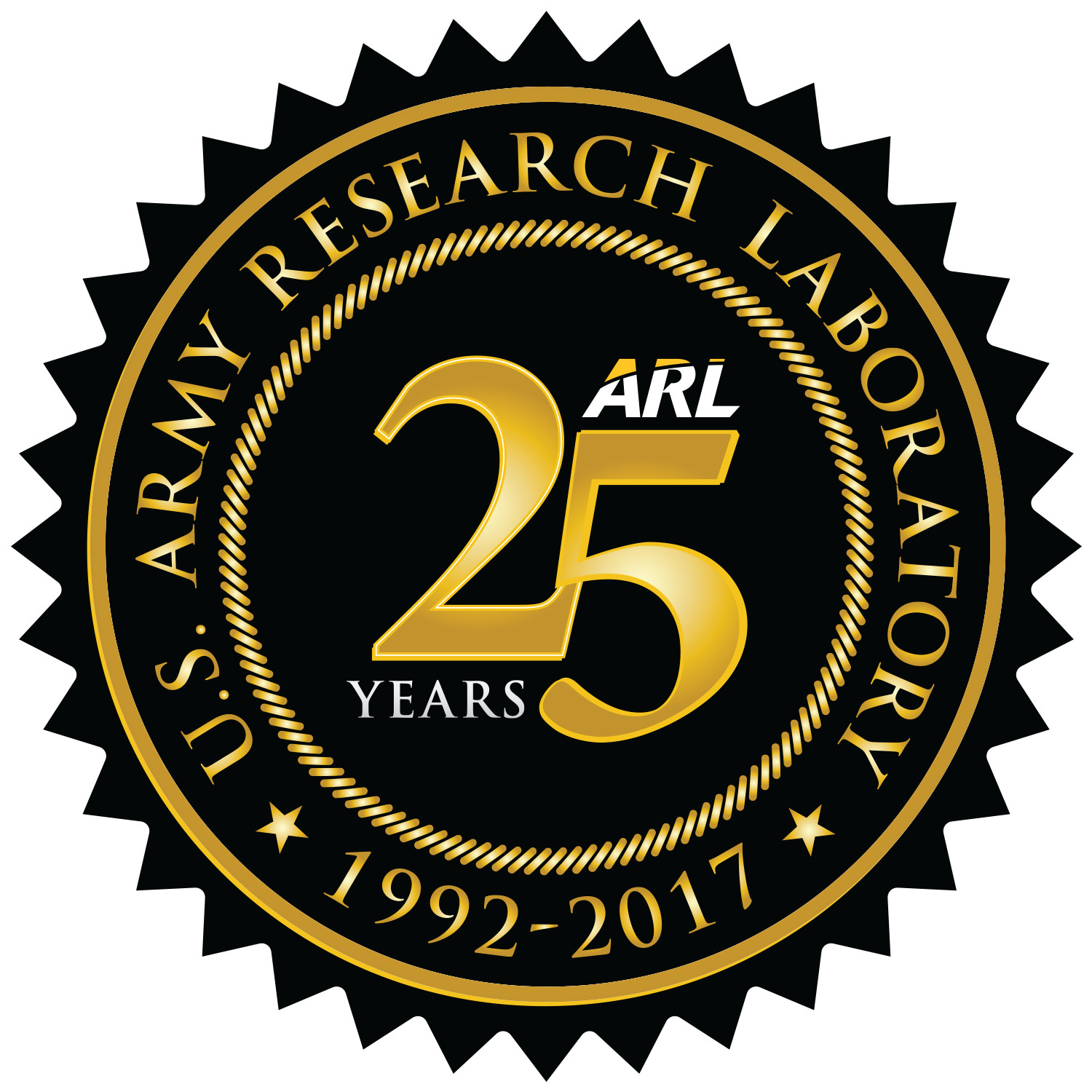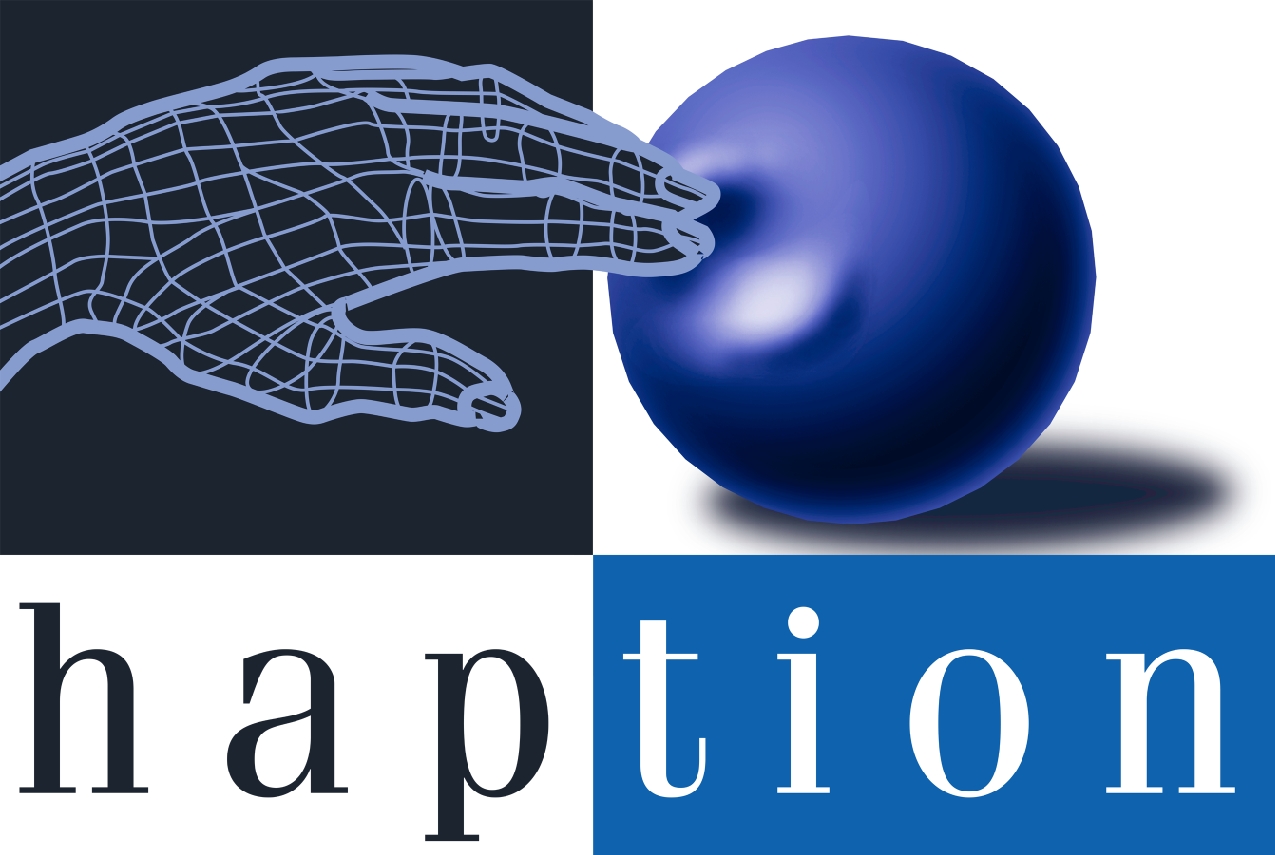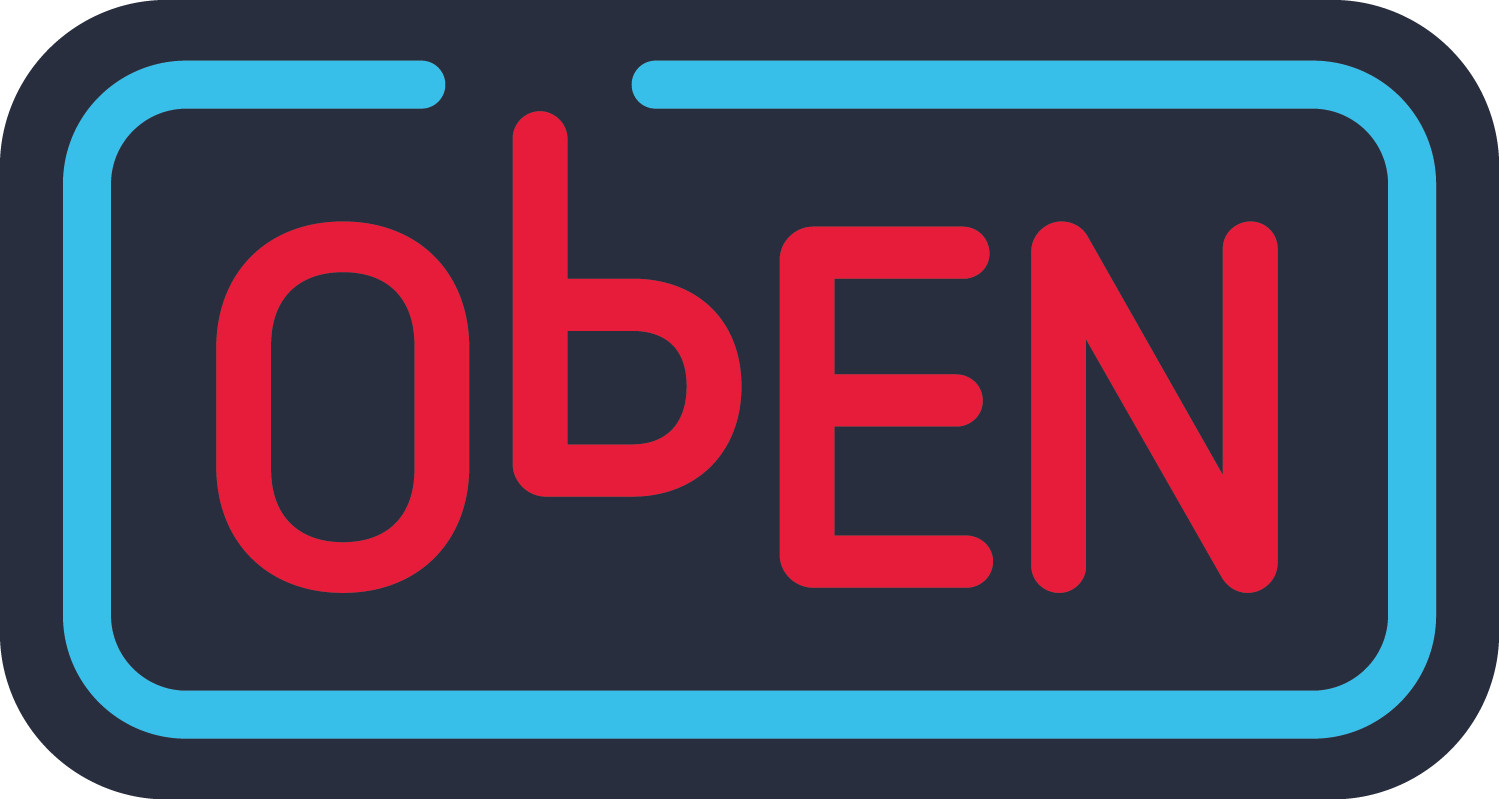Tutorials
Saturday |
Sunday |
|||
| Augmented Reality: Principles and Practice | Hypertextual Reality: VR on the Web | Diving into the Multiplicity: Liberating Your Design Process from a Convention-Centered Approach | ||
| Human-Centered Design for Immersive Interactions | Navigation Interfaces for Virtual Reality and Gaming | |||
Augmented Reality: Principles and Practice
Saturday, March 18, 8:30am - 5:00pm
Dieter Schmalstieg and Tobias Hoellerer
This tutorial will provide a detailed introduction to Augmented Reality (AR). AR is a key user-interface technology for personalized, situated information delivery, navigation, on-demand instruction and games. The widespread availability and rapid evolution of smartphones and new devices such as Hololens enables software-only solutions for AR, where it was previously necessary to assemble custom hardware solutions. However, ergonomic and technical limitations of existing devices make this a challenging endeavor. In particular, it is necessary to design novel efficient real-time computer vision and computer graphics algorithms, and create new lightweight forms of interaction with the environment through small form-factor devices. This tutorial will present selected technical achievements in this field and highlight some examples of successful application prototypes. It is based on the presenters’ recent book “Augmented Reality – Principles and Practice,” published by Addison-Wesley (www.augmentedrealitybook.org).
Hypertextual Reality: VR on the Web
Saturday, March 18, 8:30am - 5:00pm
Diego González-Zúñiga, Peter O’Shaughnessy, and Michael Blix
Virtual Reality can be implemented in a web browser. It allows the creation of immersive content on top of an open technology stack, without the need for application stores, developer accounts and other closed environments. The tutorial focuses on Virtual Reality on the web and how researchers and developers can leverage its power to create content. The WebVR specification is presented, along with examples of how it works in a browser. Content creation is addressed by mentioning the available frameworks accompanied by a hands-on session in A-Frame. Additionally, the concept of Progressive Web App is explained and how it enables web experiences to work offline.
Diving into the Multiplicity: Liberating Your Design Process from a Convention-Centered Approach
Saturday, March 18, 8:30am - 5:00pm
Rebecca Rouse, Benjamin Chang, and Silvia Ruzanka
Stop feeling bad about not having a language of VR, and embrace the multiplicity! This full day tutorial explores ways of applying the vibrant creativity of early media to VR, AR, and MR work today, using a new cross-historical concept called media of attraction. Participants will be guided through a prototyping process focused not on best practices, but on restriction mining, bespoke solutions, and associative creative strategies inspired by fascinating historical examples and artistic methods. The session concludes with prototype creation, and the development of speculative design work envisioning next technologies for media of attraction of the future.
The tutorial is open to designers at any level of technical experience, working across any AR/VR/MR platform. The tutorial will be particularly useful for participants engaged in experience design and content development.
Participants will gain experience using the media of attraction approach for designing with new technologies, and will leave the tutorial with a playable prototype of their work, as well as exciting new ideas about how to shape future practice with strategies tailored for emerging media. Participants will also come away with invigorating ideas about the future of post-VR technologies, inspired by work in speculative design.
Human-Centered Design for Immersive Interactions
Sunday, March 19, 1:30pm - 5:00pm
Jason Jerald
When VR is done well, interactions can be brilliant and pleasurable, but when done badly, they can result in frustration, fatigue, and sickness. Human-centered interaction design focuses on the human side of communication between user and machine—the interface from the user’s perspective. Whereas there are many causes of bad VR, much is centered on a lack of understanding human perception, intuitive interaction, design principles, and real users. Quality interactions enhance user understanding of what has just occurred, what is happening, what can be done, and how to do it. For the best VR applications, not only must goals and needs be efficiently achieved, but the experiences must be engaging and enjoyable.
This course will start with the most fundamental aspects of VR interaction design and then dive into more detail. Topics include human perception, human-machine communication, adverse health effects, input device classes, reference frames, interaction patterns & techniques, multimodal input, and bimanual interaction. Example interfaces will be shown such as different forms of hands, hand-held panels, color cubes, jigs, and 3D multitouch. The course will also include a broad overview of how attendees can apply the define-make-learn iterative design cycle to their own VR interfaces and projects.
Navigation Interfaces for Virtual Reality and Gaming: Theory and Practice
Sunday, March 19, 1:30pm - 5:00pm
Ernst Kruijff and Bernhard E. Riecke
In this course, we will take a detailed look at various breeds of spatial navigation interfaces that allow for locomotion in digital 3D environments such as games, virtual environments or even the exploration of abstract data sets. We will closely look into the basics of navigation, unraveling the psychophysics (including wayfinding) and actual navigation (travel) aspects. The theoretical foundations form the basis for the practical skill set we will develop, by providing an in-depth discussion of navigation devices and techniques, and a step-by-step discussion of multiple real-world case studies. Doing so, we will cover the full range of navigation techniques from handheld to full-body, highly engaging and partly unconventional methods and tackle spatial navigation with hands-on-experience and tips for design and validation of novel interfaces. In particular, we will be looking at affordable setups, rapid prototyping methods and ways to “trick” out users to enable a realistic feeling of self-motion in the explored environments. As such, the course unites the theory and practice of spatial navigation, serving as entry point to understand and improve upon currently existing methods for the application domain at hand.
